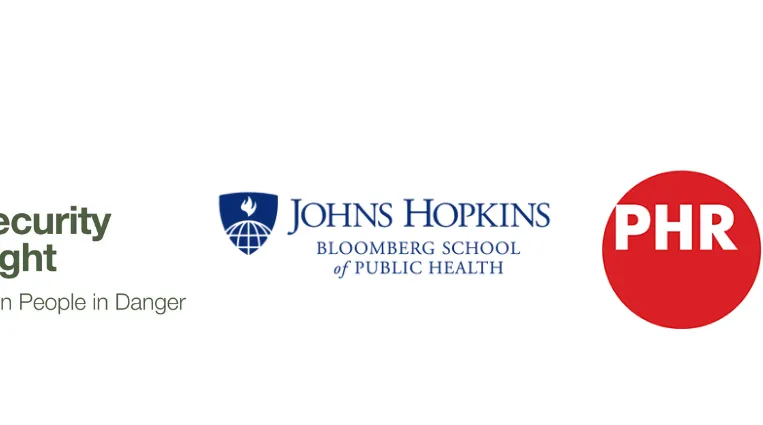Violence Against or Obstruction of Health Care in Myanmar (February-November 2021)
23 December 2021

On February 1, 2021, the Myanmar armed forces (known as the Tatmadaw) seized control of the country, following a general election that the National League for Democracy party won by a landslide. Over the past 10 months, between February and November 2021, hundreds of people, including children, have been killed and many injured during nationwide Civil Disobedience Movement (CDM) protests and violent crackdowns on those opposing the coup.
Doctors and nurses have been served with warrants and arrests for providing medical care to protesters, health workers have been injured while providing care to protesters, ambulances have been destroyed, and health facilities have been raided. At least 31 health workers have been killed.
From June to September, arrests of health workers slowed and fewer hospitals were occupied as the country grappled with the third wave of COVID-19. Overall attacks on health care since February, particularly the diversion of medical supplies to military personnel, had weakened the health system to the point where it was not able to adequately provide care to civilians seeking medical attention. Health measures put in place during the third COVID-19 wave signaled that the coup leaders intended to permit access to health care only for their supporters, disrupting access to all others. Coup leaders put restrictions on the sale and importation of oxygen cylinders and arrested health care workers providing COVID-19 treatment outside of government-run facilities. During this period, COVID-19 deaths in Myanmar were among the highest in the world.
The National Unity Government and its military wing, the People’s Defense Forces (PDF), declared war against the State Administrative Council (SAC) on September 7, 2021. Following this declaration, data collected in this report shows an increase in violence against health care compared to preceding months. Hospitals and health workers have been caught in the crossfire and are increasingly the victims of indiscriminate attacks. The data indicates that the overwhelming majority of these attacks are committed by the Tatmadaw, demonstrating consistent disregard for the protection of health care in conflict and a breach of human rights and humanitarian law. Since the beginning of the coup, government forces, including the military (Tatmadaw), police forces, and government-aligned militias, have committed over 90 percent of documented attacks against health care.
In recent months, the Tatmadaw appear to be adapting tactics initially used against members of the Rohingya minority in 2016-2017 for use against communities perceived to be sympathetic to pro-democracy forces. This includes the widespread burning and destruction of civilian homes and infrastructure, including hospitals and clinics, and the indiscriminate shelling of civilian populations.
This report highlights concerns over:
- Indiscriminate artillery and arson attacks on hospitals and clinics by Myanmar government forces.
- Attacks on medical personnel associated with the People’s Defense Force (PDF) and opposition groups by government forces.
- Continuing raids and occupation of hospitals and clinics.
- Arrests of large numbers of health workers.
- Re-arrests of recently freed health workers.
- Multiple cases of prisoner deaths in detention due to medical neglect.
- Escalating attacks on local NGOs, specifically those providing aid to displaced populations in ethnic minority areas.
This report is a collaboration between Insecurity Insight, Physicians for Human Rights, and the Johns Hopkins Center for Public Health and Human Rights as part of the Safeguarding Health in Conflict Coalition (SHCC). It highlights reported incidents of violence against health workers, facilities, and transport in Myanmar between February 1 and November 30, 2021, to highlight the impact on the health system as a whole. It does not include information on violence against patients. It is drawn from credible information that is available in local, national, and international news outlets, online databases, and social media reports.
Announcements
28 February 2025
Asian NGO Network on National Human Rights Institutions , CSO Working Group on Independent National Human Rights Institution (Burma/Myanmar)
Open letter: Removal of the membership of the dis-accredited Myanmar National Human Rights Commission from the Southeast Asia National Human Rights Institution Forum

Progressive Voice is a participatory rights-based policy research and advocacy organization rooted in civil society, that maintains strong networks and relationships with grassroots organizations and community-based organizations throughout Myanmar. It acts as a bridge to the international community and international policymakers by amplifying voices from the ground, and advocating for a rights-based policy narrative.